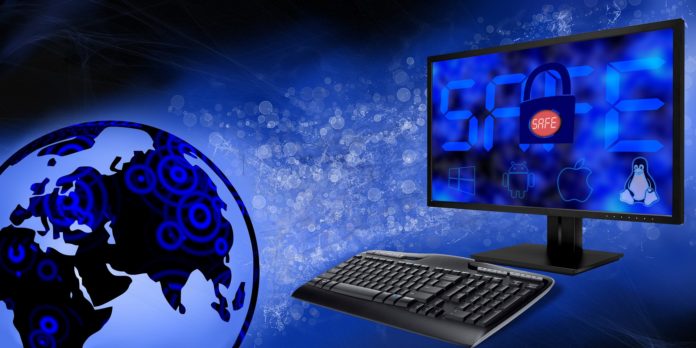Cybercriminals are now attacking the whole world in a very different way. In the past, they were just limited to the normal power users but nowadays they are targeting the critical infrastructures in our society. In most cases, they are trying to take down the whole industrial network and often ask for heavy ransoms. Even if they manage to get hold of a certain portion of the network, chances are that the industrial leader will pay the fees and get their system running again.
Such kind organized attacks on critical infrastructures were not prominent in the past. But things are changing fast and the hackers are trying to attack the organizations as they know it can help them to earn more money in a quicker way.
Why industrial infrastructures?
Most of the industrial infrastructures which we have doesn’t have strong security updates. This is one of the most common reasons why cybercriminals are targeting critical infrastructures in the market. For instance, if they manage to gain access to the national power grid, the government will be forced to negotiate with them, or else they are going to lose billions of dollars.
Will it intensify more?
The most likely answer is YES. Since it will take a massive amount of money and time for the critical infrastructures to update their core security, the hackers will take their chances to penetrate the layer of security. Once they gain access to the system, they will be able to make changes to the system as per their need. The infrastructure is going to lose money in millions and it will also affect the normal users. To be on the safe side, the infrastructures might consider negotiating with the hackers as it will turn out to be a less costly deal for them.
Can we update the core?
To protect critical infrastructures, we need a major security update in the core of the system. Nowadays most infrastructures are using VPN but they can reinforce their security by focusing on critical types of VPN encryption. A well-encrypted network will definitely make things harder for the hackers and they are not going to have a digital footprint in the network. Thus the work of the hackers will become very hard.
Updating the core can be a very costly deal for industrial infrastructures. In fact, it might involve significant hardware changes as many core segment is monitored by the basic operating software. Though it might be a costly solution to reinforce security the big industries must come forward and start spending a decent amount of money.
Protection again brute force attacks
One of the key reasons for becoming the victims is the use of simple passwords. The hackers are using brute force attacks to guess the password and flooding the system. In order to improve security, companies need to educate their workers. Unless they do so, making a significant change to the core is not going to help.
The industries also need to work on security update patches. If they keep on using the same old software for years, the hackers will get enough time to test different kinds of methods, and eventually, they will find a weak spot in the system. To be on the safe side, it is better to bring regular updates to the system.
Can we really reinforce the security?
The obvious answer is YES. Some industries know that they can easily make their system extremely strong yet they are not taking the steps just because they have to spend way too much money. Considering the long the term consequence bringing significant changes to the system will be the best possible course of action. The big companies know this fact very well and for this reason, they are spending millions of dollars and protecting their data center in a very strategic way.
Sooner or later the industries will accept the fact that they are becoming the prime target for hackers. So, they will bring major changes to their system and things will become hard for the cybercriminals. Though it’s a very costly project educating the employees in the company can put cyber criminals on the back foot.






